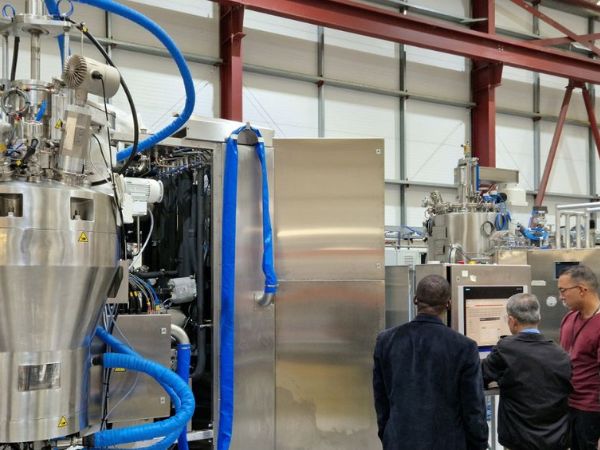
Factory Acceptance Test Overview
A Factory Acceptance Test (FAT) as the name suggests, is the process of putting equipment through a series of tests at point of assembly before it is sent out to a client’s designated site for installation and operation. It forms part of the contract between the client and the manufacturer.
The FAT ensures the equipment has been manufactured to meet the client’s design specification (agreed scope of supply, expected features, performance etc.) and that it operates as intended, with all required functionality verified during the tests. The FAT provides the client or a designated third party the opportunity to witness functionality/operational testing in person. Discrepancies or areas of concern can be raised there and then and acted upon accordingly.
The series of tests within an FAT usually comply with the manufacturer’s Quality Management System as they constitute holding points in the life-cycle of the project. Regardless of whether the client attends the FAT, manufacturers would maintain these tests and keep records of the results.
Ensuring the equipment complies in all aspects is critical as once it is installed on-site, external factors may influence testing results and make the root cause analysis complex or outside of the manufacturer’s control/responsibility. In addition, identifying issues upfront saves time and money on what are often high capital investment projects, therefore the importance of pre-shipment validation is crucial.
Aspects of a Factory Acceptance Test
There are several aspects to a Factory Acceptance Test but the most common ones are:
- Documentation Review
- Physical Checks
- Operational Checks
- Safety Checks
- Automation Checks
- Performance Checks
Documentation Review
In an office setting, all the project equipment documentation is assembled for review and cross checking. Although this documentation is often made available upfront during the project, a review in real life with project teams from both sides helps fast-track questions and avoid misunderstandings. Typical documentation for review may include: GA (General Arrangement Drawings), PID (Piping and Instrumentation Diagram), Manufacturing Databooks for Vessels/Fabrications containing material traceability information, and so on.
Physical Checks
A top level review of the equipment could include overall dimensions. Factory footprint and real-estate is valuable, therefore checks are required to make sure the agreed dimensions are accurate.
Other checks may relate to:
- Vessel roundness
- Clearances from moving parts to walls/surfaces, etc.
- Surface finish or Material of Construction (Positive Material Test for special Alloy materials for example).
Operational Checks
These checks ensure the equipment can perform the basic operations it is intended for. This depends on the equipment’s properties but for the products Powder Systems Ltd (PSL) supply, typical tests may include:
- Pressure hold test (PHT)
- Vacuum Leak Test (VLT)
- Agitator functionality check, covering min/max of speed range, raise/lowering etc.
Safety Checks
Equipment which performs as intended is good, however equipment which does so whilst keeping operators safe is essential. FAT testing always includes checking safety features by creating conditions where devices should trigger alerts or other activity. Examples may be:
- Emergency Stop Test and Reset procedures
- Removing interlock conditions to trigger switch into safe-state mode
- Glove-off conditions etc.
Automation Checks
PSL’s cutting edge processing equipment contains advanced automation capabilities including upload of process recipes and data capture. The FAT would test this functionality with “dry” runs (no product physically running through the equipment).
Performance Checks
Beyond the basic operations of the equipment, checks must be carried out to ensure it can reach the expected performance. These tests would be determined by the type of equipment in the FAT, but examples are:
- Temperature Uniformity Test – vacuum tray dryer shelves
- Containment Performance Test – ANFD discharge isolators
Additional Benefits of FAT’s at PSL
The FAT brings together project team members from both PSL and the Client so despite the formality and importance of the occasion, this time also provides the opportunity to:
Provide introductory, top-level training to the client team (often from senior PSL managers who are not part of our on-site commissioning teams)
Explore more detailed process aspects that may have developed further during the projects lifetime and include minor adjustments to the scope or configuration of the equipment to capture mutually agreed last-minute changes
Allow clients to fully experience PSL’s capability in process equipment design and manufacturing; the FAT takes place in our assembly environment and clients can be shown other equipment that interests them or which may have triggered ideas on how to approach their own processes differently
For more information on PSL’s Quality Management, click here or contact a member of our team for any further information.
